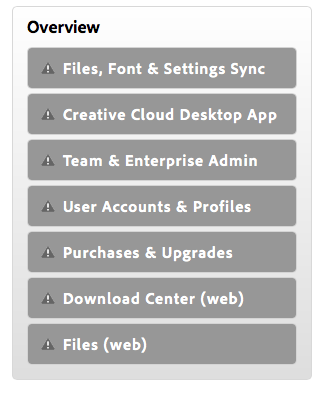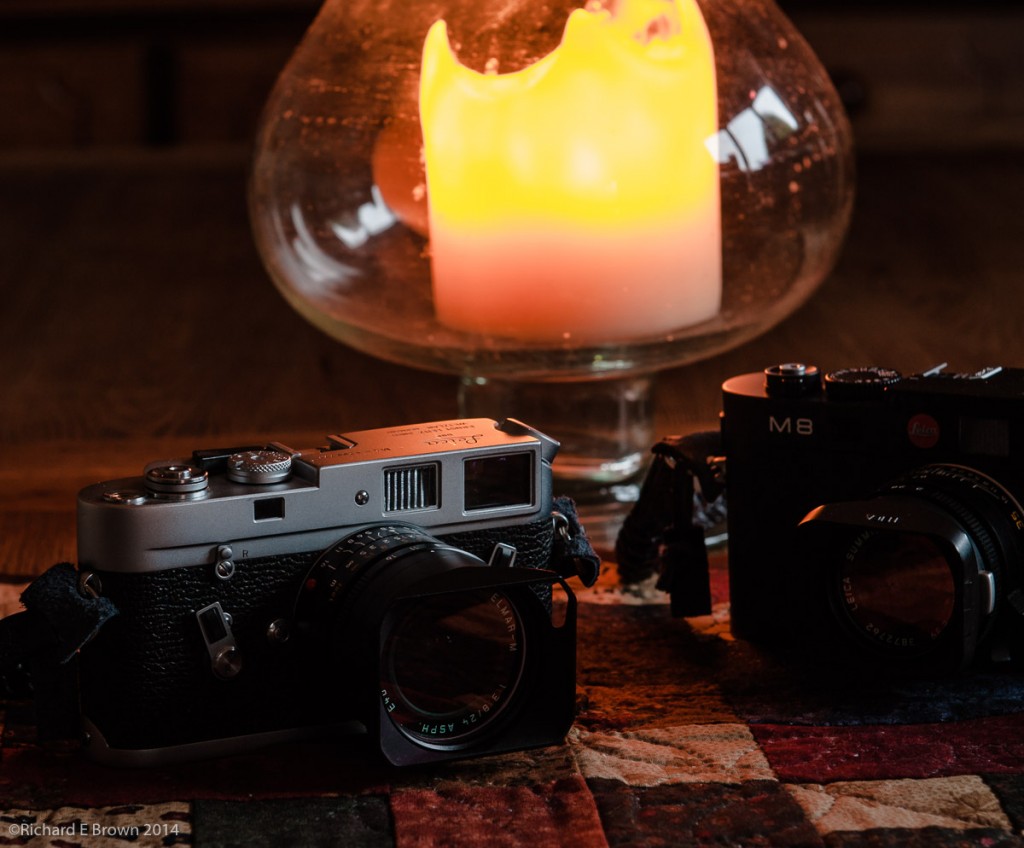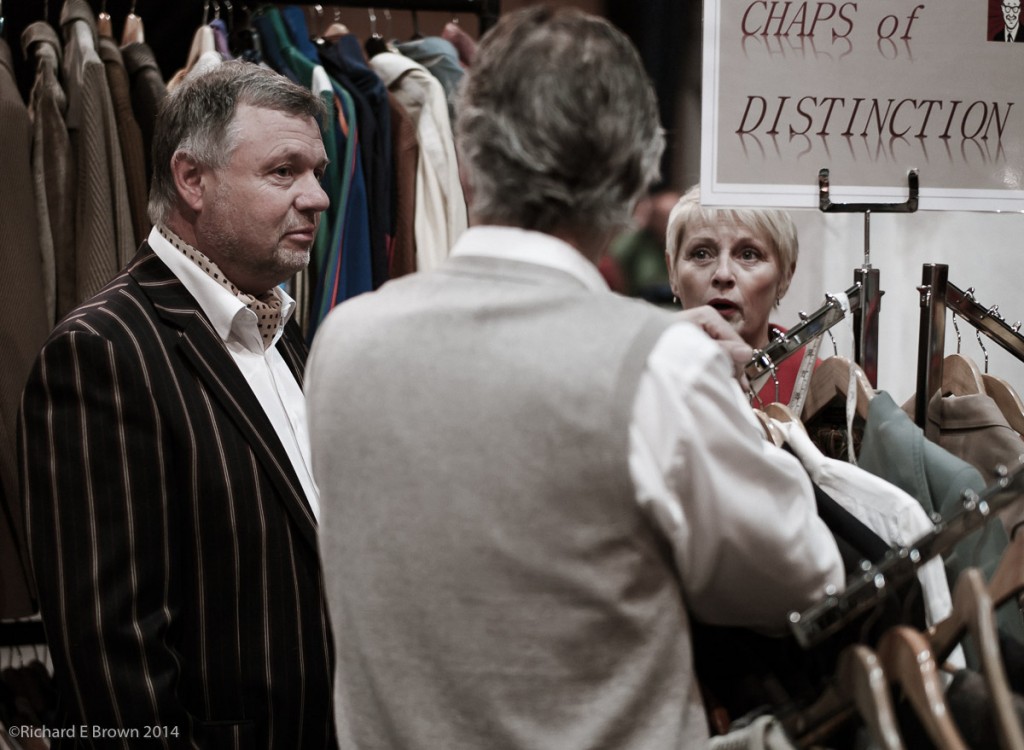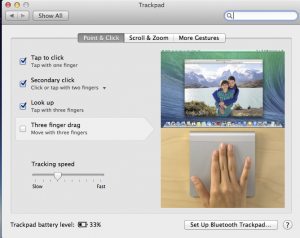Cloud services make a lot of promises and now many services have a cloud offering. By cloud of course we just mean a service from the internet, its another buzzword that has become popular over the last few years.
The concept is not without risk, if your documents or application is really in the cloud then when the service is down or your internet access is down your stuck.
Yesterday I had the double whammy of a power cut at home cutting off my internet access (no mobile phone signal at home) then while I was updating my Adobe Creative Cloud Membership the Adobe CC went down and is still down while I type this.

Luckily Photoshop and Lightroom are still locally based applications and work without internet access but the cloud based data is all currently unavailable.
Adobe are not alone, all the major players including Microsoft and Amazon have all had major outages over the past year.
I keep some documents local and some cached between my local hard disk and the internet (sorry should have said cloud!) and a few completely in the cloud. It really makes you think what you should store, and where and what applications and services you need locally and what can be in the cloud.






